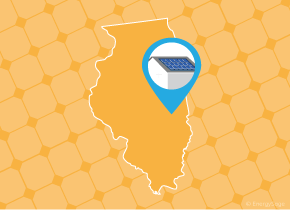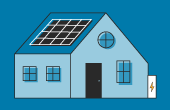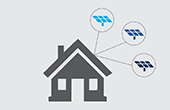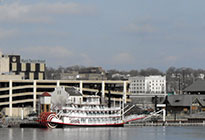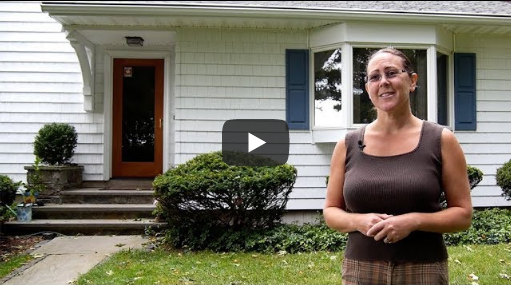History of solar policy in Illinois
Residents of the Land of Lincoln can be encouraged by their state’s recent efforts to promote renewable, and specifically solar, energy in their state. In 2019, Illinois sits at 34th in SEIA’s national ranking for solar, with an installed solar capacity of 100 megawatts (MW). However, Illinois leaped an impressive nine spots in the ranking between 2017 and 2018, demonstrating the impact of recent solar efforts in state. What’s more, SEIA projects that over the next five years the state will climb to 12th in installed solar capacity in the nation by adding nearly 2,000 MW of additional solar energy capacity, a surge that can largely be attributed to both the decreasing cost of solar and Illinois’s recent efforts to increase and improve its Renewable Portfolio Standard (RPS).
Following the deregulation of Illinois’s electricity market in 1997, the state set off to construct the groundwork for a healthy, competitive energy market for its residents. Their policy approach from the beginning was to establish this by offering financial incentives and state grants rather than through mandates or regulations. For solar energy, the first major step Illinois took to encourage installations was to pass the Special Assessment for Solar Energy Systems in 1998. The bill, which remains available today, provides a property tax easement by equating the solar equipment to be valued at no more than the value of a conventional energy system.
Illinois made further in-roads for all alternative energies by passing the Renewable Energy Resources Trust Fund (RERTF) later in 1998 and the Clean Energy Community Foundation (ICECF) in December 1999. These public benefit funds were created to support renewables through grants, loans and other incentives. For the RERTF, surcharges on customer’s electric and gas bills support the grants that were then made available to all residents. Although the fund closed in 2015, the fund awarded more than $55 million in incentives over its lifetime, via 223 issued grants and more than 1,600 rebates. For the ICECF, the organization is structured as an independent foundation with a $225 million endowment provided by one of the largest utilities in Illinois: Commonwealth Edison. Since its inception, the Foundation has awarded over 5,000 grants providing $258 million to Illinois nonprofit organizations, schools, municipalities, and other local and state government agencies.
Beginning in 2007, Illinois shifted their approach to encouraging renewable growth by focusing instead on regulations and mandates for renewable and alternative energies. The first policy established under this new paradigm was net metering, a foundational regulatory policy for any strong solar state that requires investor-owned utilities (IOUs) and alternative retail electric supplies/providers (REPs) to buy back any net excess generation from residents with their own energy systems.
Illinois followed with a state-mandated Renewable Portfolio Standard (RPS) established through the Illinois Power Agency Act, which also created the Illinois Power Agency (IPA), a new state department to overrun future energy plans. While the state actually established an RPS in 2001, participation by utilities was voluntary. The reworked structure and electricity procurement plan implemented a 2025 deadline for IOUs and REPs to source 25 percent of their eligible electricity sales from renewable energy.
The RPS did not immediately lead to a boom in the state’s renewable energy industry, in large part due to the passage of the Municipal Aggregation Act in 2010, the existence of separate funding accounts for the IPA, and the state’s ongoing budget crisis.
Illinois resolved many of the issues that were barriers to renewable growth with the 2016 passage of the Future Energy Jobs Act (FEJA). For renewable energy, this bill streamlined funding within the IPA, to allow for more continuity in progress for these technologies moving forward. For solar specifically, the FEJA added language to the state’s RPS to include a solar carve-out of 1.5 percent by 2025, beyond its original mandates. To match this procurement plan, the state redesigned its Solar Renewable Energy Credit (SREC) market to what is known as the Adjustable Block Program (ABP). Overall, this structure will provide residents greater monetary value than the previous structure since SRECs are to be based on fixed rates according to Block eligibility rather than floating variable rates.
With this strong commitment to renewables and solar energy specifically, Illinois should become one of the top solar states in the near future.
